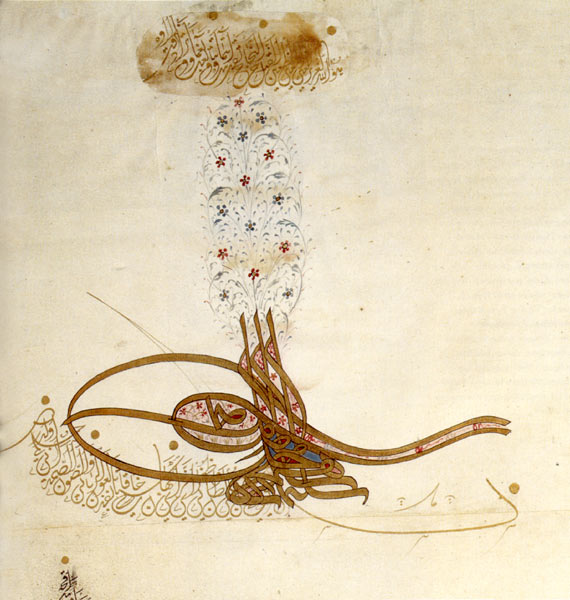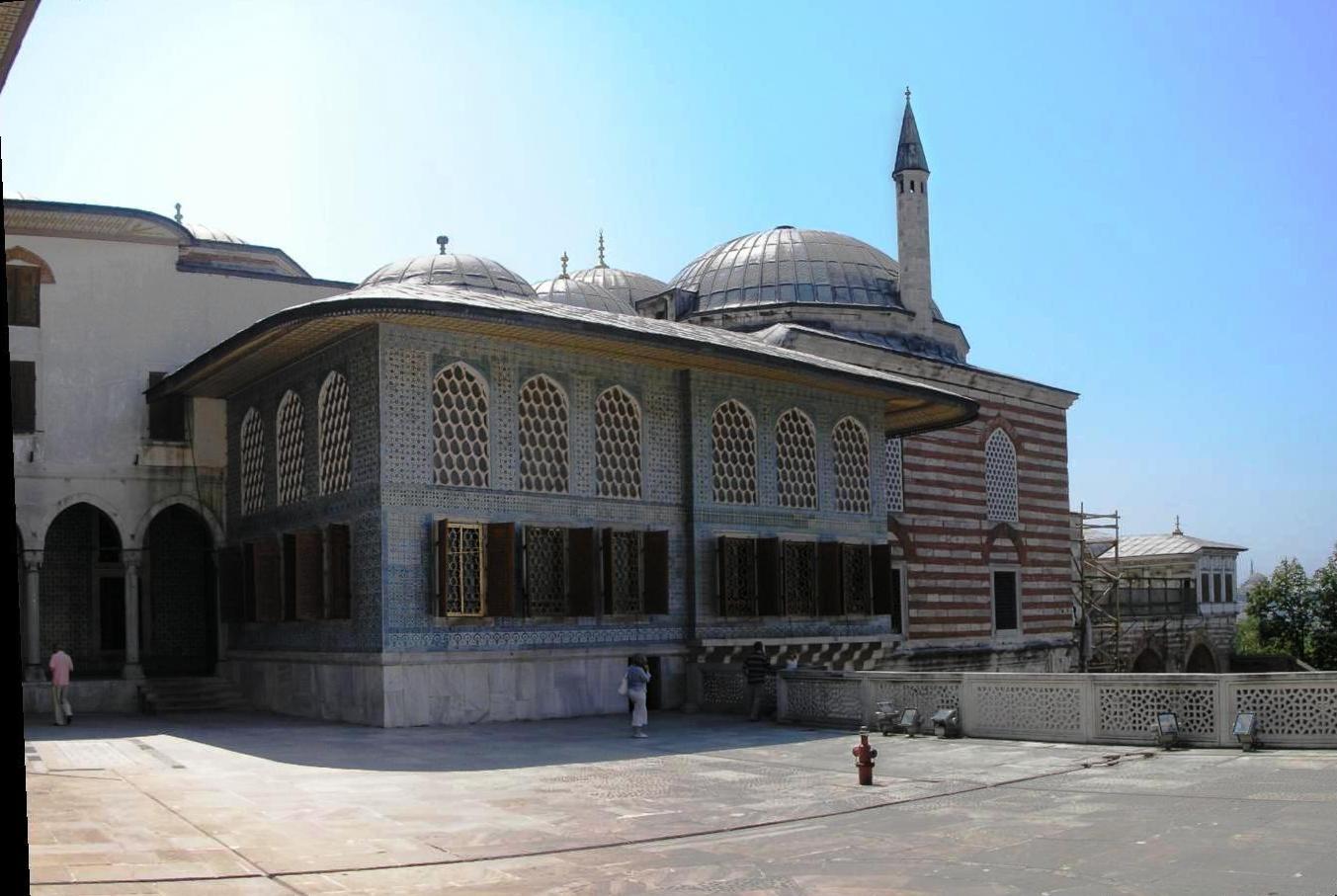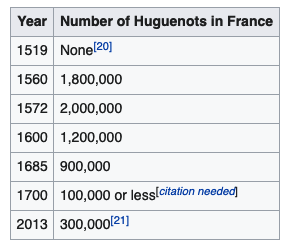These are the three main story-lines of 1687 CE relevant to the continuing development of West European empires. I’ll deal with the Ottoman development first, then French, then English.
Ottoman army defeated, Sultan deposed
It had been a bad few years for the Ottoman Empire. In 1683 it had reached its greatest extent and since then, in Eastern Europe and (somewhat separately) in the Eastern Mediterranean maritime space, it had suffered a string of setbacks and defeats.
In August 1687, a Habsburg army coming down, one imagines, from the north, confronted the Ottoman army at Mohács, located in the SSW of today’s Hungary. It was a large battle: 60,000 vs. 60,000, and a very consequential rout for the Ottomans. (The Habsburg side lost 2,000 killed and wounded and the Ottoman side 8,000 killed and wounded, 2,000 captured, and the loss of much of its armament.)
The Ottomans had been commanded by their (relatively recently installed) Grand Vizier, Sari Suleiman Pasha.
English-WP tells us this:
After the battle, the Ottoman Empire fell into deep crisis. There was a mutiny among the troops. Commander Sari Suleyman Pasa became frightened that he would be killed by his own troops and fled from his command, first to Belgrade and then to Constantinople. When the news of the defeat and the mutiny arrived in Constantinople in early September, Abaza Siyavuş Pasha was appointed as the commander and as the Grand Vizier. However, before he could take over his command, the whole Ottoman army had disintegrated and the Ottoman household troops (Janissaries and Sipahis) started to return to their base in Constantinople under their own lower-rank officers. Even the Grand Vizier’s regent in Constantinople was frightened and hid.
Sari Suleyman Pasa was executed. Sultan Mehmed IV appointed the commander of Bosphorus Straits Köprülü Fazıl Mustafa Pasha as the Grand Vizier’s regent in Constantinople. He consulted with the leaders of the army that existed and other leading Ottoman statesmen. After these, on 8 November it was decided to depose Sultan Mehmed IV and to enthrone Suleiman II as the new Sultan.
The disintegration of the Ottoman army allowed Imperial Habsburg armies to conquer large areas… For a year the Ottoman Empire was paralysed, and Imperial Habsburg forces were poised to capture Belgrade and penetrate deep into the Balkans.
So, about that toppling of Mehmed IV and his replacement with his brother…
You can learn on this WP page that the new guy, Suleiman II was a half-brother of the deposed Mehmed IV who was just three months younger than him. And Suleiman, like many of the incoming Sultans of the 17th century, had spent nearly all his life enclosed in the notorious “cage” (Kafes) in Topkapi Palace, which was a depository for “spare royals” designed to insulate them from having any effective contact with– or perhaps even knowledge of?– ongoing policy issues. Suleiman had been kept in the Kafes for 36 years when he acceded to the throne.
Mehmed was meanwhile imprisoned in Topkapı Palace. “However, he was permitted to leave the Palace from time to time.”
I actually got intrigued by that institution of the Kafes, which Wikipedia tells us was first used in 1618 and persisted for 300 years. Prior to that year, each time a new Sultan was crowned, one of his first acts would be to have all his brothers and their sons strangled, to prevent their contention for the crown. One advantage of that earlier “strangulation system” was that prior to that moment, the princes would all be out learning how to govern provinces, command armies, and so on, in order to be well positioned for the succession tussle. But the big disadvantage was that if the “winner” did not have a male heir ready to take over, in the event of his sudden death there might be no collaterals around to keep the Ottoman family in power. So from 1618 on, they shifted to the Kafes system instead.
By the way, this was also linked to the absence of any system of primogeniture in the succession. In the early decades of the Ottoman system, there had been a tradition that the heir should be one of the sons of the just-deceased Sultan. But that then morphed into a rule that the oldest male descendant of the family should succeed. Which meant there were often a lot of spare brother, uncles, and nephews who had to be taken care of, somehow.
The Kafes system also had grave setbacks. WP tells us this:
It became common to confine brothers, cousins and nephews to the Cage, generally not later than when they left the harem (women’s quarters) at puberty. This also marked the end of their education and many sultans came to the throne ill-prepared to be rulers, without any experience of government or affairs outside the Cage. There they had only the company of servants and the women of their harems, occasionally with deposed sultans…
Some inmates of the Cage grew old and died there before having the opportunity to succeed to the throne. Confinement in the Cage had a great impact on the personalities of the captives in the Kafes and many of them developed psychological disorders. At least one deposed sultan and one heir committed suicide in the Cage.
The last Ottoman sultan, Mehmet VI Vahidettin (1918–22) was aged 56 when he came to the throne and had been either in the harem or the Cage his whole life. He was confined to the Cage by his uncle (Abdülaziz) and had stayed there during the reigns of his three older brothers. It was the longest and last confinement of a sultan by his predecessors.

The capricious nature of the Kafes system of course completely lent itself to the control and manipulation of the Ottoman civil service, in reality some combination of the Grand Vizier, the Sheik-ul-Islam, the powerful army commanders, and the high palace courtiers (including the mothers-in-law!)
The long decline of the once-vigorous Ottoman Empire cannot be attributed solely to the Kafes system. Indeed, I’d be much more inclined to attribute it to the empire’s failure to use the opportunities its leaders might have had to build an oceanic component to their empire– primarily, I would have said, by strengthening its positions in the Red Sea and connecting with the Indian Ocean’s many trading networks from there.
Related to the issue of connecting with the Indian Ocean’s trading empires, I’ll just note this from the record of Suleiman II early months in power:
In 1688, Suleiman II urgently requested the Mughal Emperor Aurangzeb for assistance against the rapidly advancing Austrians, during the Ottoman–Habsburg War, but most Mughal forces were engaged in the Deccan Wars and Aurangzeb ignored Suleiman’s request to commit to any formal assistance to their desperate Ottoman allies.
By the way, the banner image at the top is a detail from a 19th-century Hungarian painting of the Battle of Mohács.
French crackdown on Huguenots sends many into exile
In 1685, King Louis XIV had as we know revoked the 1598 Edict of Nantes that assured freedom of worship to the substantial number of French citizens who were Calvinist Protestants, called Huguenots. From then on, Huguenots were subjected to great pressures to convert, or were given the option to emigrate. WP tells us that,
Louis XIV claimed that the French Huguenot population was reduced from about 900,000 or 800,000 adherents to just 1,000 or 1,500. He exaggerated the decline, but the dragonnades [military campaigns to force conversions] were devastating for the French Protestant community.
Regarding those forced into exile, WP tells us this:
The bulk of Huguenot émigrés relocated to Protestant states such as the Dutch Republic, England and Wales, Protestant-controlled Ireland, the Channel Islands, Scotland, Denmark, Sweden, Switzerland, the Electorate of Brandenburg and Electorate of the Palatinate… and the Duchy of Prussia. Some fled as refugees to the Dutch Cape Colony in South Africa, the Dutch East Indies, the Caribbean colonies, and several of the Dutch and English colonies in North America. A few families went to Orthodox Russia and Catholic Quebec.
I am interested, in this case as in that of the Quakers, English Puritans, or various European Jewish communities, how the domestic politics of religious intolerance inside European countries interacted with (or helped to spur) the despatch of additional colonists to the colonial settlements overseas.
In the case of the Huguenots, I learned that starting in 1687 many of them went to join their co-religionists in the Dutch Republic’s Cape Colony.
King James II threatens Anglican church’s supremacy in England
Here was England’s new, very Catholic, monarch taking steps that terrified the very Anglican political elite in England:
In 1687, James issued the Declaration of Indulgence, also known as the Declaration for Liberty of Conscience, in which he used his dispensing power to negate the effect of laws punishing both Roman Catholics and Protestant Dissenters. In the summer of 1687 he attempted to increase support for his tolerationist policy by a speaking tour of the western counties of England. As part of this tour, he gave a speech at Chester in which he said, “suppose… there should be a law made that all black men should be imprisoned, it would be unreasonable and we had as little reason to quarrel with other men for being of different [religious] opinions as for being of different complexions.” [An interesting argument… ] At the same time, James provided partial toleration in Scotland, using his dispensing power to grant relief to Roman Catholics and partial relief to Presbyterians.
In 1687 James prepared to pack Parliament with his supporters, so that it would repeal the [Anglican-supremacist] Test Act and the Penal Laws… He instituted a wholesale purge of those in offices under the Crown opposed to his plan, appointing new lord-lieutenants of counties and remodelling the corporations governing towns and livery companies. In October, James gave orders for the lord-lieutenants to provide three standard questions to all Justices of the Peace: 1. Would they consent to the repeal of the Test Act and the Penal Laws? 2. Would they assist candidates who would do so? 3. Would they accept the Declaration of Indulgence? During the first three months of 1688, hundreds of those who gave negative replies to those questions were dismissed. Corporations were purged by agents, known as the Regulators, who were given wide discretionary powers, in an attempt to create a permanent royal electoral machine. Most of the regulators were Baptists, and the new town officials that they recommended included Quakers, Baptists, Congregationalists, Presbyterians and Roman Catholics, as well as Anglicans.
Spoiler alert: This will not end well for James.





